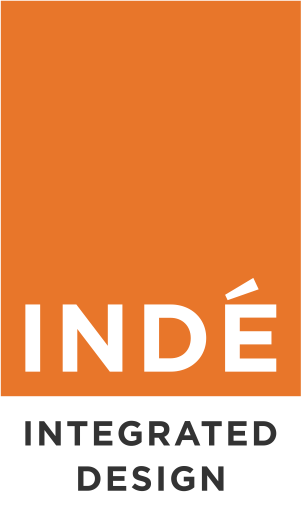Leveraging Technology to Foreground Nature in the City
Leveraging Technology to Foreground Nature in the City
Leveraging Technology to Foreground Nature in the City
ISSUES
PLANNING
KEY ASPECTS
RESEARCH | PLANNING
Bottom up Climate Responsive Planning Frameworks
This project, a collaboration between Utopia, Kathmandu, and Integrated Design, Bangalore, was supported by the Royal Academy of Engineering. It explored the use of technology to reveal the socio-cultural, ecological, and economic dimensions of urban life across various scales.
To make nature more visible in everyday urban experiences, the project adopted a multi-scalar approach (city, ward, and settlement levels) for data collection and spatialization. Each scale required a distinct methodology and data visualization format. City-scale data was spatialized using secondary sources, while geo-tagged audio-visuals and oral narratives captured insights at the sub-city level.
By integrating multiple streams of knowledge—qualitative, experiential, quantitative, and scientific—through digital visualization platforms, the project provided a comprehensive understanding of urban life and the interconnections between people, nature, and the built environment.
ISSUES
PLANNING
KEY ASPECTS
RESEARCH | PLANNING
Bottom up Climate Responsive Planning Frameworks
This project, a collaboration between Utopia, Kathmandu, and Integrated Design, Bangalore, was supported by the Royal Academy of Engineering. It explored the use of technology to reveal the socio-cultural, ecological, and economic dimensions of urban life across various scales.
To make nature more visible in everyday urban experiences, the project adopted a multi-scalar approach (city, ward, and settlement levels) for data collection and spatialization. Each scale required a distinct methodology and data visualization format. City-scale data was spatialized using secondary sources, while geo-tagged audio-visuals and oral narratives captured insights at the sub-city level.
By integrating multiple streams of knowledge—qualitative, experiential, quantitative, and scientific—through digital visualization platforms, the project provided a comprehensive understanding of urban life and the interconnections between people, nature, and the built environment.
ISSUES
PLANNING
KEY ASPECTS
RESEARCH | PLANNING
Bottom up Climate Responsive Planning Frameworks
This project, a collaboration between Utopia, Kathmandu, and Integrated Design, Bangalore, was supported by the Royal Academy of Engineering. It explored the use of technology to reveal the socio-cultural, ecological, and economic dimensions of urban life across various scales.
To make nature more visible in everyday urban experiences, the project adopted a multi-scalar approach (city, ward, and settlement levels) for data collection and spatialization. Each scale required a distinct methodology and data visualization format. City-scale data was spatialized using secondary sources, while geo-tagged audio-visuals and oral narratives captured insights at the sub-city level.
By integrating multiple streams of knowledge—qualitative, experiential, quantitative, and scientific—through digital visualization platforms, the project provided a comprehensive understanding of urban life and the interconnections between people, nature, and the built environment.

